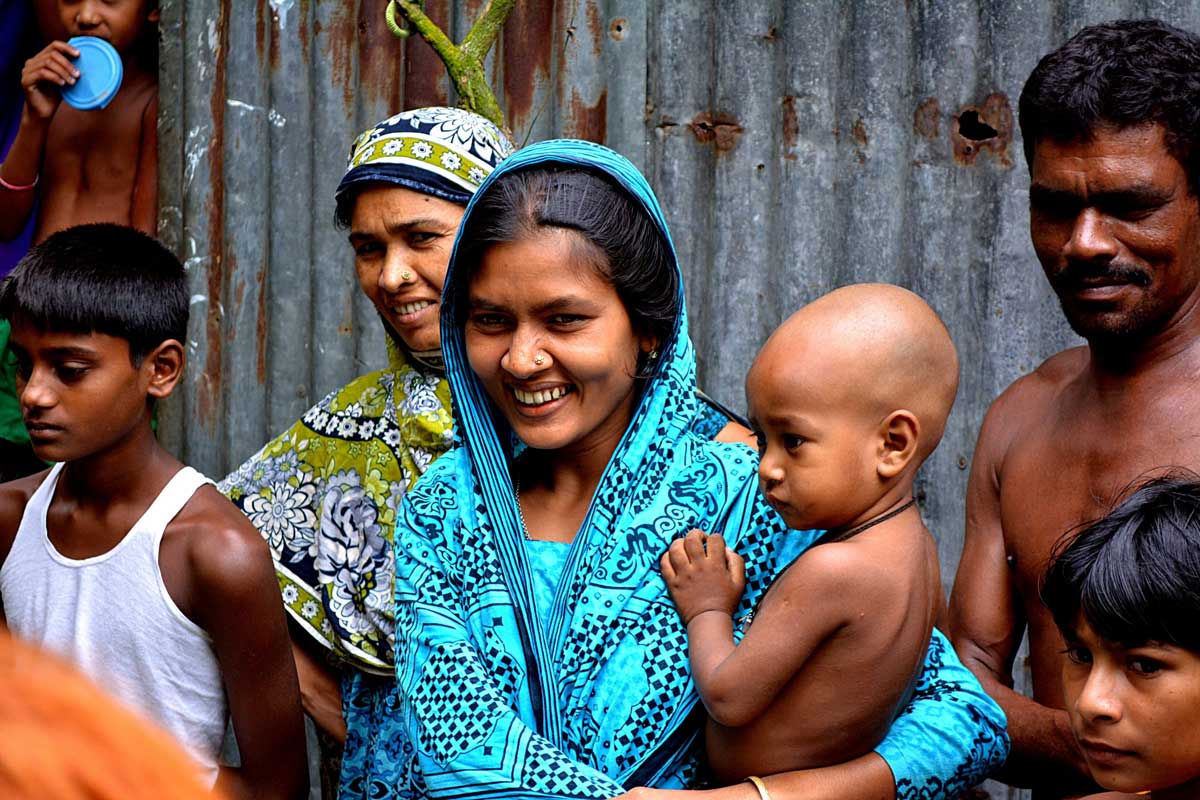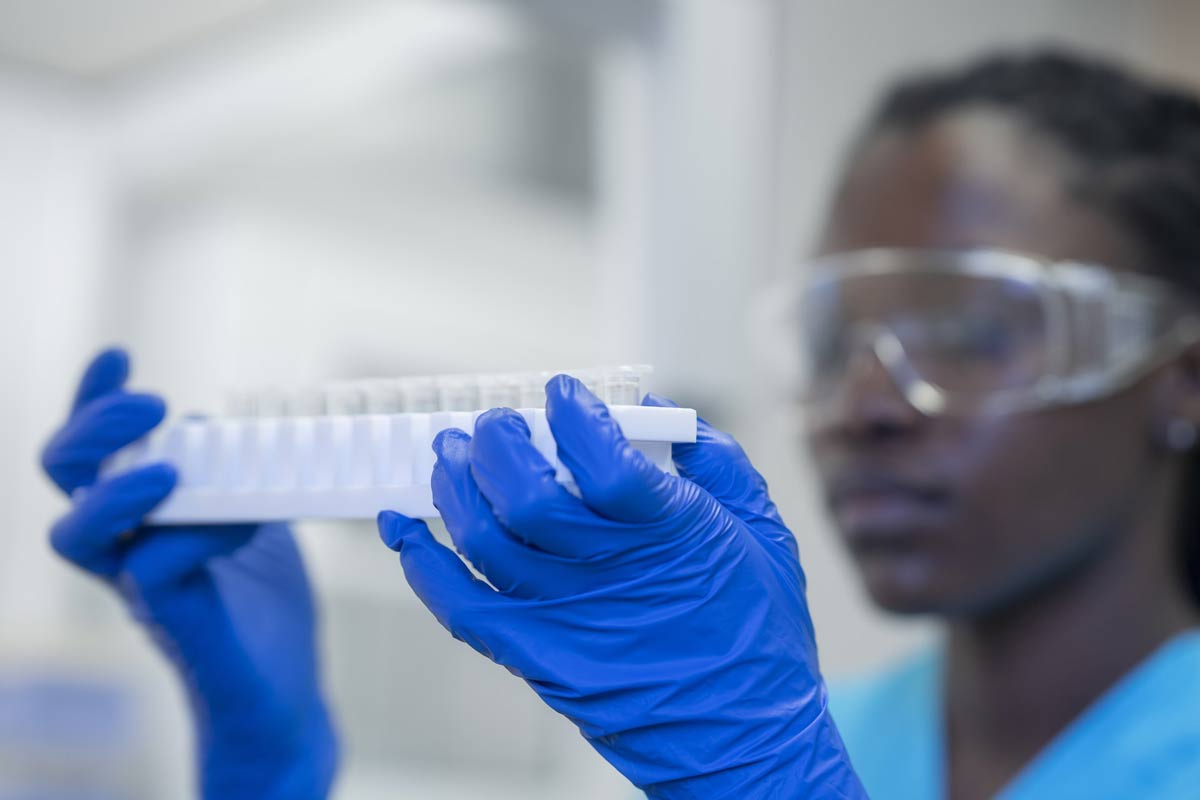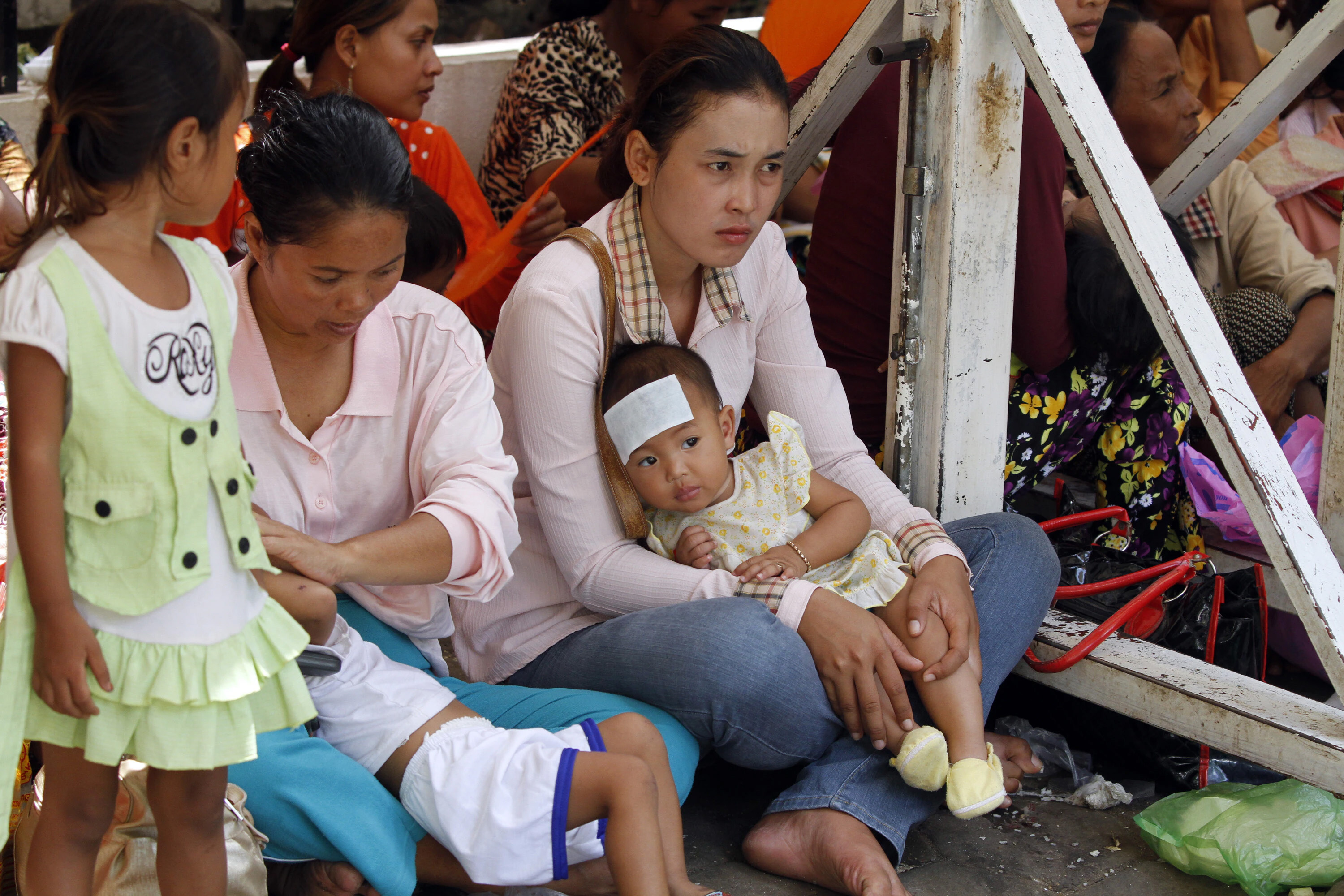How to eliminate cervical cancer - an expert explains
COVID-19 has caused a decline in the delivery of human papillomavirus (HPV) vaccines that protect girls from cervical cancer. Anuradha Gupta, the Deputy CEO of Gavi, explains what we must do to create more access to these vaccines.
- 20 August 2021
- 4 min read
- by World Economic Forum

Cervical cancer is one of the most common cause of cancer-related deaths amongst women.
It is imperative to continue to prioritize prevention and treatment, especially following the massive backlogs of sexual and reproductive healthcare services for women and girls during the COVID-19 pandemic.
The administration of human papillomavirus (HPV) vaccines that protect girls from cervical cancer is at significant low rates as school closures caused interruptions in vaccination programs at schools. According to UNICEF, in countries where HPV vaccines have been introduced, about 1.6 million girls missed out in 2020. Globally only 13% of girls were vaccinated last year, a drop from 15% in 2019.
In response, the World Health Assembly endorsed the World Health Organization’s (WHO) global strategy for cervical cancer elimination in 2020, which “calls for 70% of women globally to be screened regularly for cervical cancer disease with a high-performance test, and for 90% of those needing it to receive appropriate treatment”.
Prioritizing access to screening and treatment programs for women and girls in every country must be non-negotiable. Realizing the vaccination of girls against HPV can prevent more than 62 million deaths from cervical cancer in the next 100 years.
To help in this effort, the World Economic Forum collaborated with Anuradha Gupta, the Deputy CEO of Gavi, The Vaccine Alliance, on a "Thought Leadership in Health" initiative focusing on HPV vaccines against cervical cancer.
Have you read?
In a video presentation as part of this initiative, Gupta explains how GAVI is working to create access to HPV vaccines against cervical cancer and the impact it has on women and girls’ health. She also covers pertinent issues regarding the introduction, supply and pricing of HPV vaccines.
There are four main takeaways:
1. Immunization programs save lives.
Gupta explains that GAVI, through innovative public-private-partnership models, helps save lives and protect people’s health by increasing equitable and sustainable use of vaccines. Since GAVI was created, 70% fewer children die from vaccine preventable diseases and 14 million lives have been saved. Beyond health impacts, immunization campaigns have led to socio-economic returns and have generated more than 150 billion dollars for countries between 2000 and 2017.
2. We must overcome the challenges of access and affordability.
In 2011, GAVI introduced HPV vaccines for women in 21 supported countries, and 35 million doses have already delivered. Yet, greater efforts should be done ensuring affordability and access to HPV vaccines especially in low- and middle-income countries.
Even though GAVI has been able to secure low prices of HPV vaccines - $4.5 compared to approximately $100 in high-income countries – the challenge remains, with resource constraints and shortage of vaccine supplies that don’t meet the demand. Introducing new manufacturers and applying lessons from the COVID-19 pandemic may help reach the target of 73 million HPV vaccinations for adolescent girls during the next five years.
3. Integrated services are key to protect girls' health.
HPV immunization programs for girls are also a good opportunity to reconnect them with health systems and provide additional health services from nutrition, hygiene, reproductive health services or health promotion. GAVI supports countries including Tanzania, Zambia or Lao and involves health facilities, schools and communities to provide integrated services and accompany girls throughout their health journey.
4. Understanding the needs of the communities is crucial.
Understanding the needs of the communities will help build confidence and trust about the benefits of HPV vaccines. Gupta explains that GAVI supports gender, transformative, inclusive and transgenerational approaches so that women and girls act as agents of changes. By removing gender-related barriers to immunization, women and girls can be empowered and benefit from the fundamental rights to adequate health and wellbeing.
Author
Amira Ghouaibi
Community Lead, Global Health and Healthcare Industries, World Economic Forum
Mbali Motsoeneng
Digital Content Curator and Engagement Specialist, World Economic Forum
Website
This article was originally published by the World Economic Forum on 18 August 2021.
More from World Economic Forum
Recommended for you









